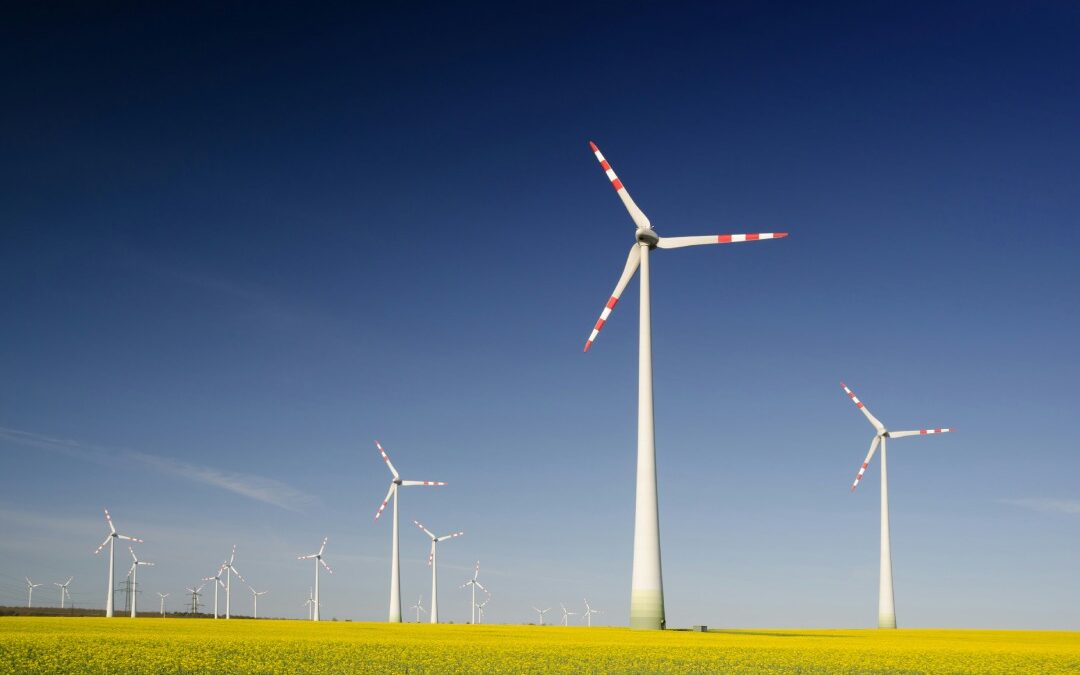Europe Launches Probe into Chinese Wind Turbine Subsidies
Margrethe Vestager, the EU’s anti-trust chief, announced the probe, citing worries that Chinese state subsidies grant unfair advantages to their wind turbine producers.
The European Union (EU) has ignited a potential trade dispute with China by announcing an investigation into subsidies allegedly received by Chinese wind turbine manufacturers. This move reflects a growing concern within the EU bloc about the competitiveness of its domestic clean energy industry against a dominant China.
Margrethe Vestager, the EU’s anti-trust chief, announced the probe, citing worries that Chinese state subsidies grant unfair advantages to their wind turbine producers. These subsidies are believed to be artificially lowering production costs and undercutting European competitors.
Why is the EU Concerned?
China’s Dominant Market Share: China boasts the world’s largest wind turbine production capacity, accounting for a staggering 60% of the global market in 2023, minuscules the 19% share of Europe and the 9% share of the United States.
China’s Export Powerhouse Status: China’s dominance extends beyond production. In 2023, they exported a significant $1.42 billion worth of wind turbines and components to the EU, further pressuring European manufacturers.
Chinese Technological Advancement: China isn’t just leading in volume; they are also making significant strides in innovation. Over the past four years, Chinese companies have released over 426 new wind turbine models compared to just 29 from Western manufacturers. This rapid innovation could potentially leave European companies behind.
The Underlying Factors Behind China’s Growth
China’s wind turbine sector has experienced explosive growth fueled by a combination of government support and ambitious environmental goals.
Climate Change Ambitions: As part of its commitment to peak emissions before 2030, China has heavily invested in wind farm development and turbine production. This focus has translated into a massive 77.1 GW of wind power installed in 2023, dwarfing Europe’s 17 GW.
Financial Incentives: Throughout the past decade, China has utilized feed-in tariffs to incentivize wind power deployment, both onshore and offshore. While central subsidies have been phased out recently, local governments continue to offer financial support, making wind projects more attractive.
State-Backed Support: China’s state banks offer manufacturers preferential loans, further reducing production costs. Additionally, cheap raw materials and fierce competition within China further drive down turbine prices, making them significantly cheaper than their Western counterparts.
Read More
India Launches Anti-dumping Probe on Solar Glass Imports from China, Vietnam
Sibi Sathyan
Related posts
Subscribe
Error: Contact form not found.


